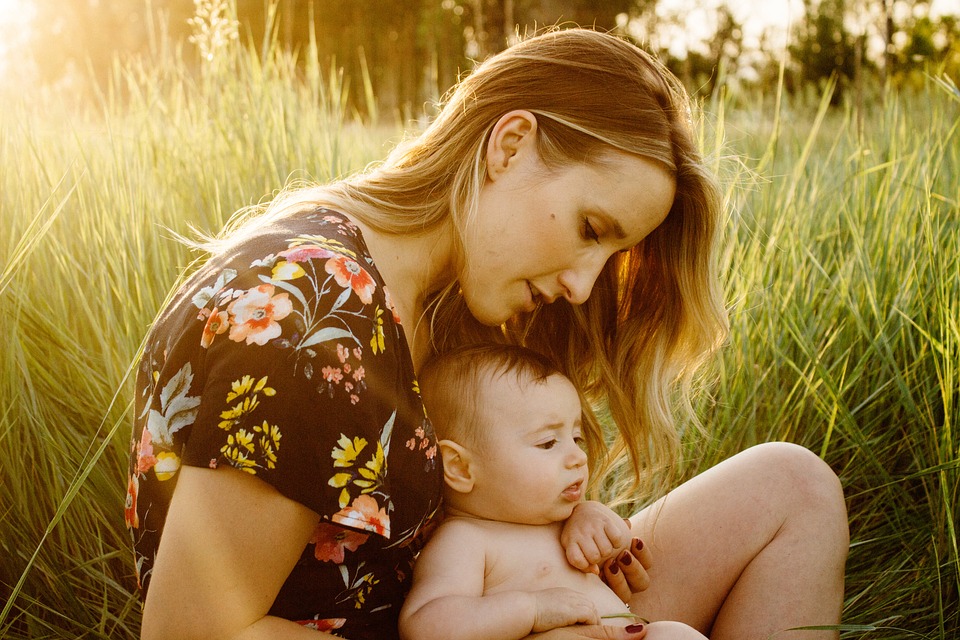Moms, It’s Time to Get Real About Postpartum Incontinence

There are a lot of aspects of motherhood — particularly pregnancy and the physical and mental aspects of postpartum healing — that aren’t talked about in open, productive ways. This can result in shame, stigma, and sadness in new moms who are experiencing perfectly normal aspects of motherhood.
The real, honest truth is that childbirth is an extraordinary physical feat that, while the body is designed to heal and recover, takes a serious toll on the female body. Instead of remaining silent about that, leaving moms to deal with the effects in silence, we could get real about postpartum healing and all that it entails.
Postpartum stress incontinence is real — and normal.
During vaginal delivery, muscle and tissue can be weakened or even damaged. Beyond that, the uterus shrinks in the weeks following childbirth, sitting directly atop the bladder and compressing it, adding additional pressure that makes “holding it” hard to do.
The result is something called stress incontinence, a condition in which physical movement or activity causes urine leakage. “Stress” refers to physical movements that put pressure on the bladder (not mental stress) such as coughing, sneezing, exercise, laughing, or heavy lifting.
Urinary incontinence affects at least 7 million postpartum women in the U.S.
Healing takes time
It can take three to six months (or even longer in some cases) for postpartum women to regain full bladder control, so don’t feel ashamed if it feels you aren’t “bouncing back” quickly enough. If you’re still experiencing stress incontinence more than six months postpartum, it’s worth discussing with your OBGYN, but know that healing is an ongoing process and you aren’t “broken” or “abnormal.”
Treating (and Dealing With) Postpartum Incontinence
- Kegel exercises will help to begin healing and strengthening your pelvic floor muscles. Talk with your OBGYN about when it’s appropriate for you to begin kegel exercises, and how many repetitions you should work up to per day.
- Begin a sensible, slow-paced plan to shed pregnancy weight, as extra weight puts pressure on the bladder and increases your risk of stress incontinence. Don’t rush the weight loss — work toward it at a pace that is healthy.
- Stay hydrated. That may seem counterintuitive, but dehydration will make you vulnerable to Urinary Tract Infections, which no one wants!
- Train your bladder. Every 30 minutes, before you even feel the urge to “go,” go to the restroom and empty your bladder. This will keep you from leaking urine at the wrong times.
- Wear a bladder pad. These are specifically designed to wick moisture away to absorb and control bladder leaks. Period pads also work, but are not designed to be as absorbent as a true incontinence product — so you’ll be far more comfortable wearing the right products.
Remember, you’re not alone — this is something many (if not most) moms deal with after giving birth. Your body is healing, and it’s beautiful.
